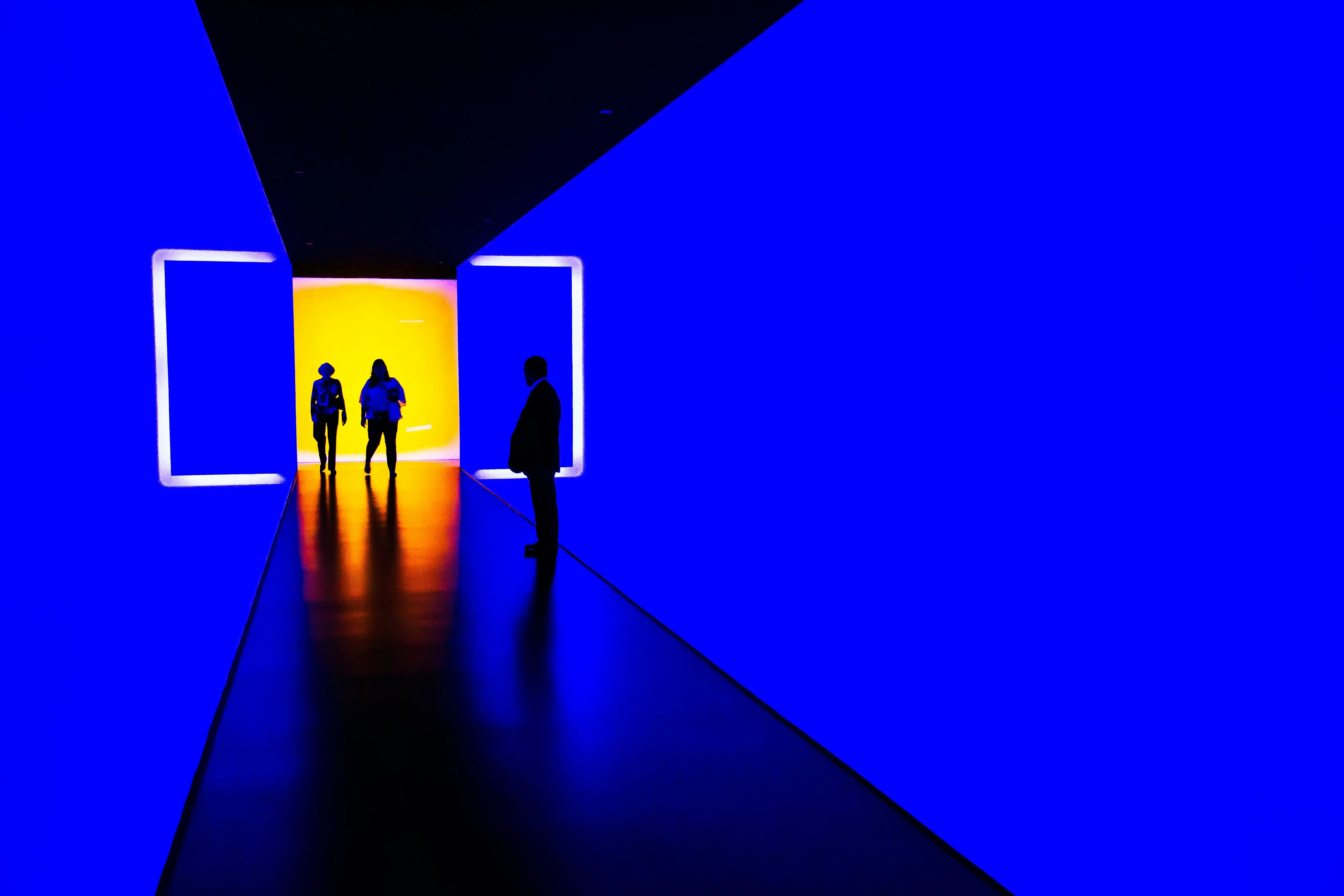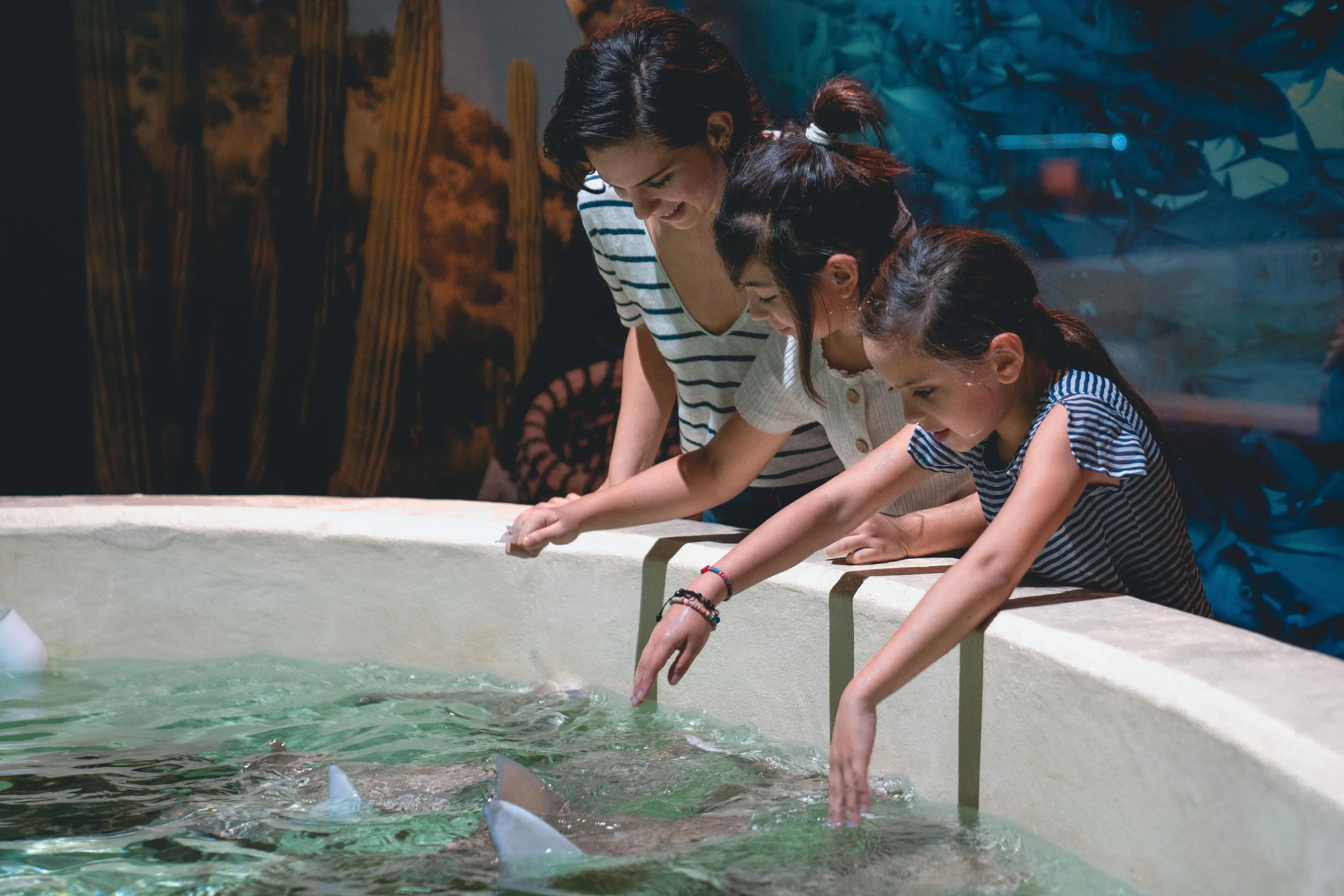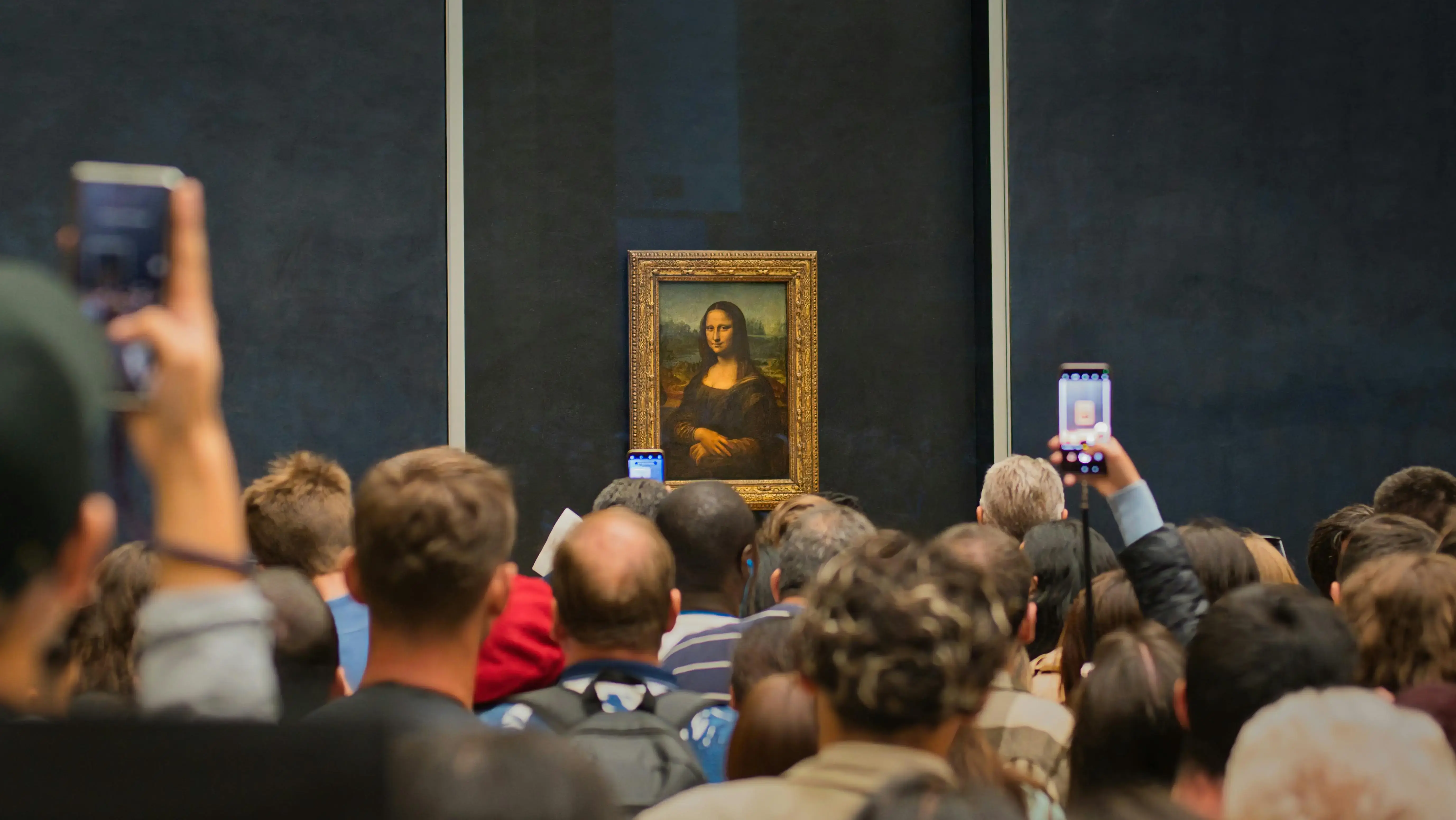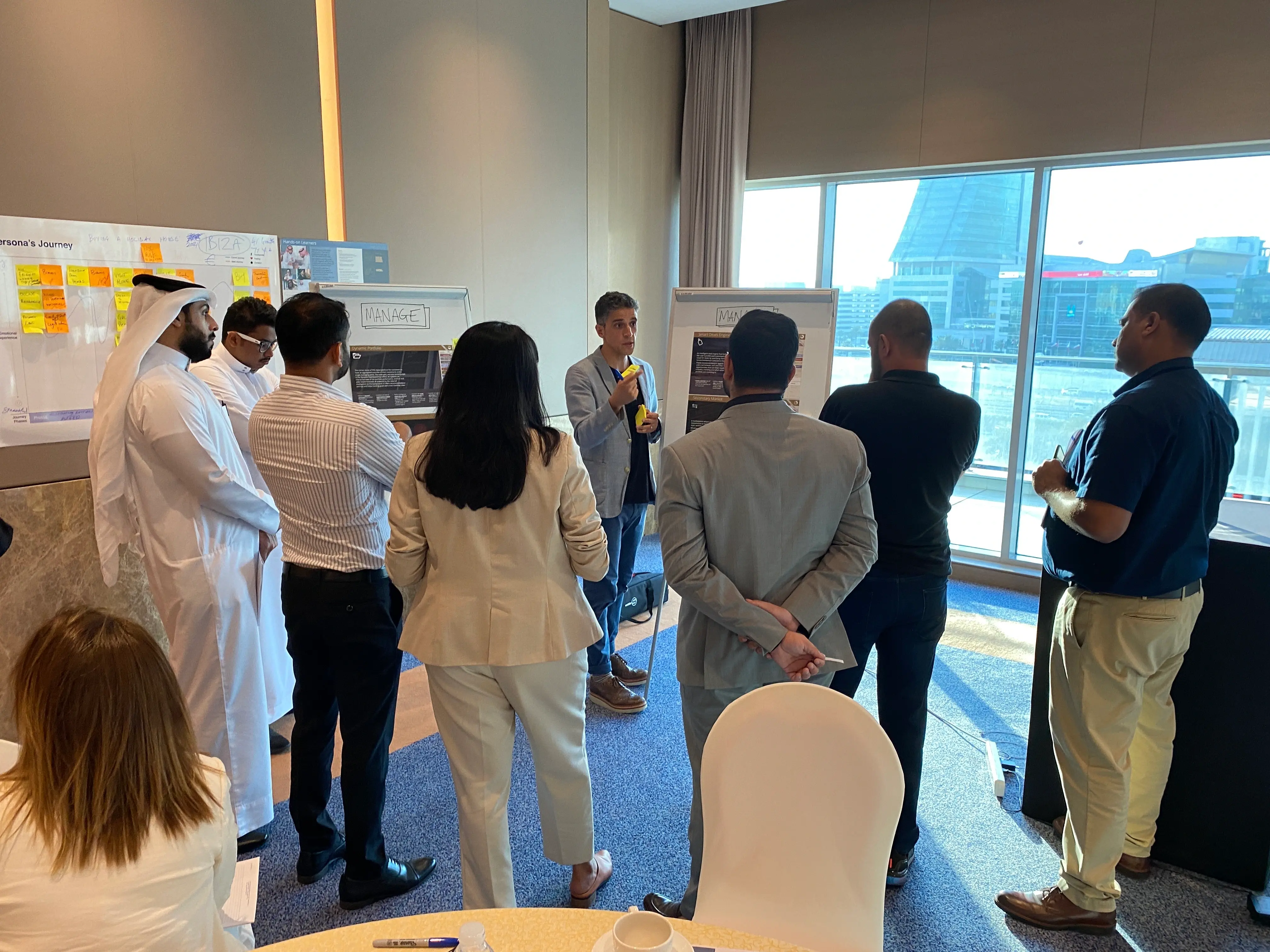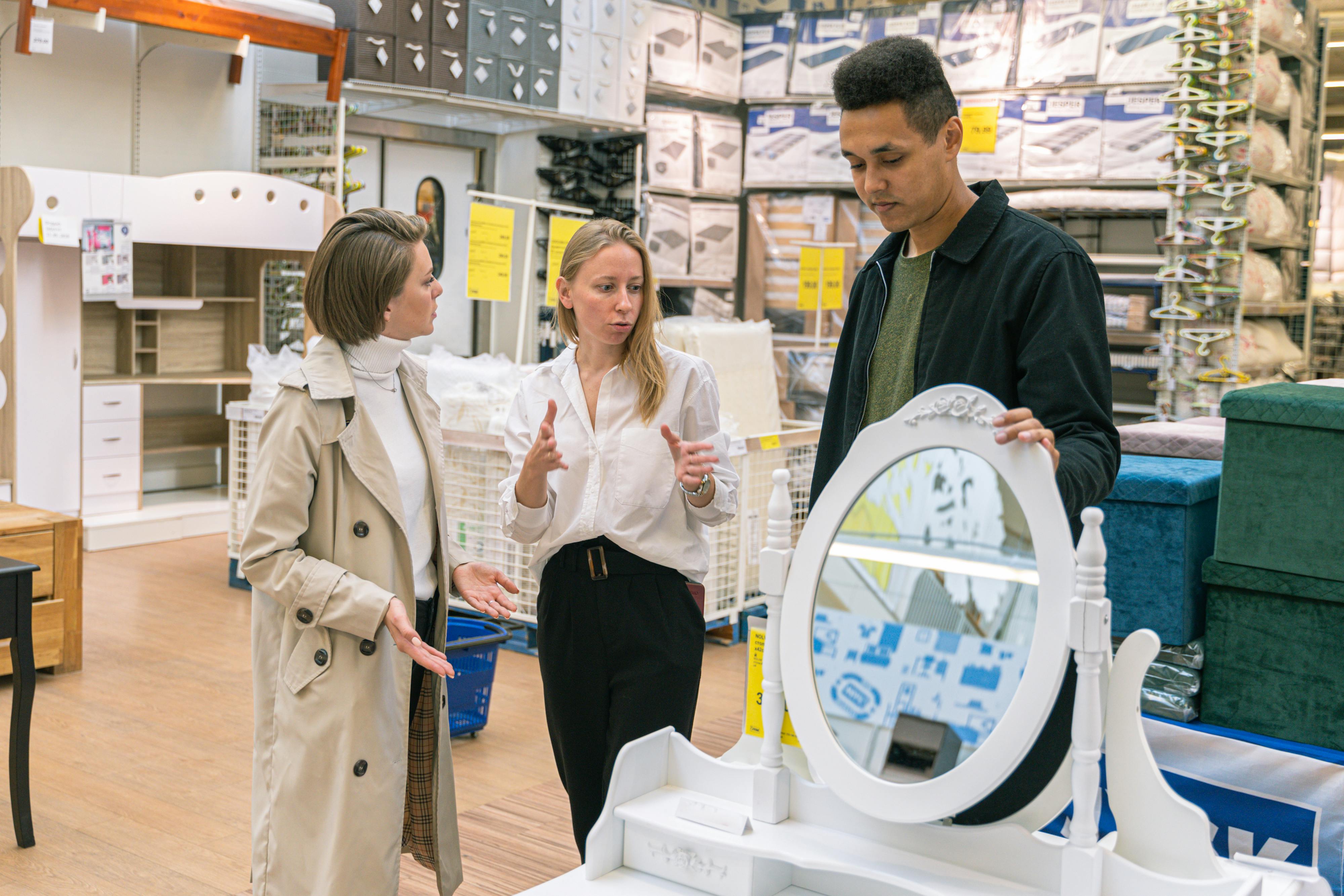Designing destinations that people feel
- Tourism,
- Customer Experience Strategy & Vision,
- Destinations
- ·
- 6 min read
You probably remember the first time a place truly moved you. Not because of its size or scale, but because of the way it made you feel.
Maybe it was stepping into a buzzing night market, overwhelmed by colour, spice and laughter. For a moment, you weren’t just somewhere, you were inside something bigger. That feeling stuck.
Now think about the last time you visited a place that was efficient but forgettable. You got what you needed, left with nothing to hold onto, and never felt the pull to return. That’s the difference between spaces designed for function and destinations designed for feeling.
Walking into a place is never just about what you see. It’s the mood in the air, the way people move, and the small details that either make you feel welcome or invisible.
Some spaces manage to stir something in us immediately, while others – no matter how polished – feel flat. That difference isn’t down to square footage or signage. It’s down to emotion.
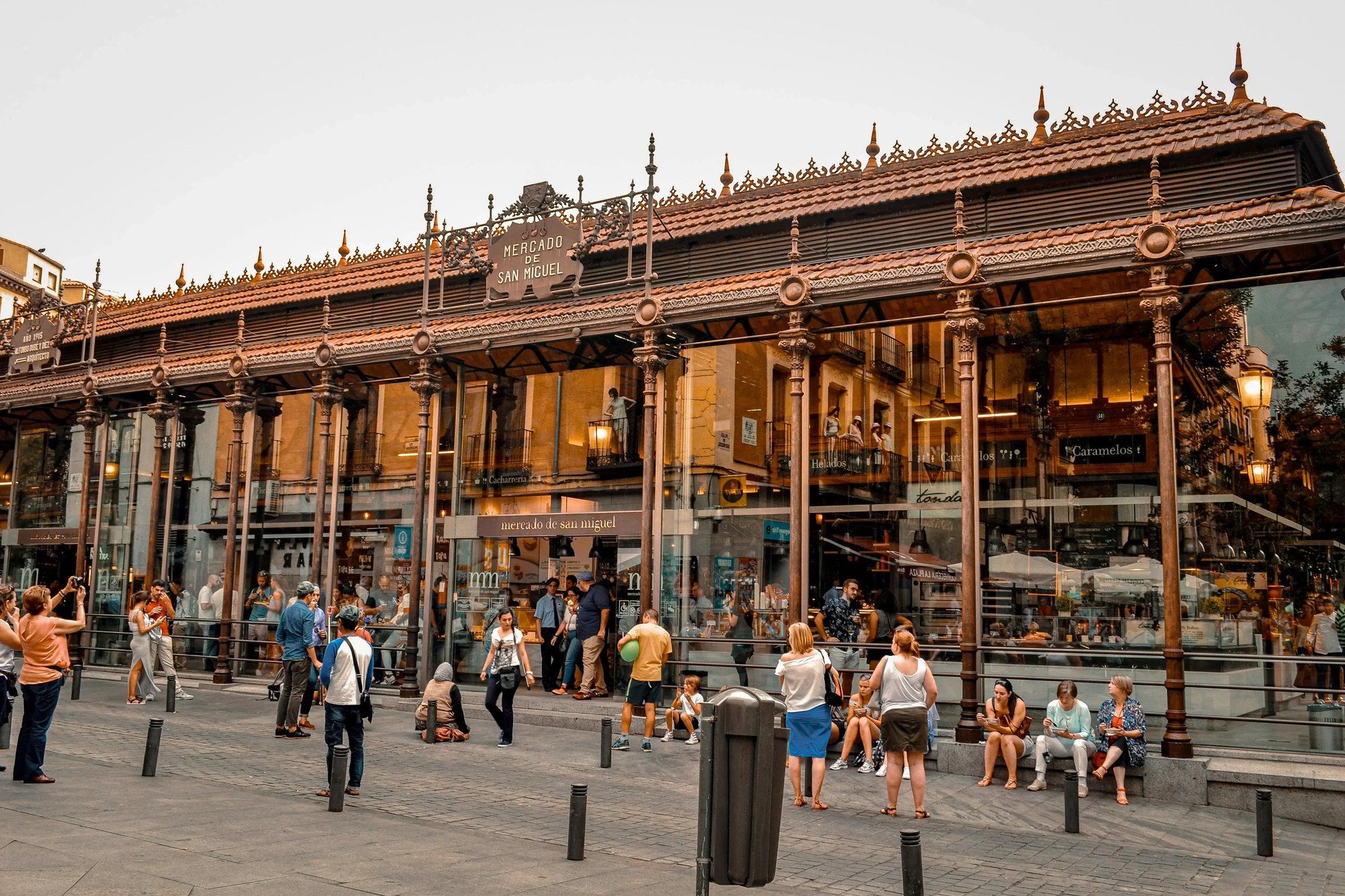
What's the challenge?
Many places we call destinations – malls, hotels, cultural sites, leisure attractions – are designed first and foremost to function.
They move people, process transactions, optimise flow. And they succeed at that. Visitors get where they need to go, spend what they came to spend, and leave.
But function alone doesn’t build attachment. Efficiency may keep people moving, but it rarely makes them want to return.
In fact, according to PwC, 73% of consumers say a good customer experience is the most important factor influencing their brand loyalty. That means if your destination is purely functional but emotionally flat, you’re only ever competing on convenience.
Consider the difference between a shopping mall that simply houses stores versus one that curates atmosphere.
A generic mall may tick every box operationally, but visitors often forget it the moment they leave. Compare that to a place like Mercado de San Miguel in Madrid. It has a food hall that layers sensory richness – the bustle of conversation, the aroma of fresh tapas, the glow of tiled stalls – over the act of eating. Same function, different feeling.
What's the impact?
When a destination fails to spark emotion, it fades into the background. People don’t return, don’t recommend, and don’t spend beyond necessity.
A study by brand intelligence company Motista found that emotionally connected customers have a 306% higher lifetime value and are 71% more likely to recommend a brand. The commercial case is clear: designing with emotion is not just a nice-to-have; it drives repeat visits, loyalty and advocacy.
Take The Dubai Mall as an example. It isn’t just a shopping centre, it’s an immersive experience layered with awe: the aquarium, the choreographed fountains, the art installations. People talk about it long after they’ve left. By contrast, a functional but generic mall becomes a space of transactions, not memories.
What's the root cause?
Too often, organisations treat destinations as ecosystems to manage, rather than stories to tell. Operations dominate the agenda: dwell time, footfall, throughput. Storytelling is treated as marketing garnish, added after the infrastructure is already set.
But here’s the issue: people don’t remember flowcharts or queue times. They remember how they felt.
According to Harvard Business Review, 65% of consumers say a brand’s story influences their purchasing choice more than traditional advertising. Yet in many destinations, story is an afterthought.
A hotel might be operationally smooth but unremarkable, whereas narrative-driven brands like Soho House or 25hours embed story into every touchpoint. Their backstory, design and service are inseparable. Guests feel part of something larger.
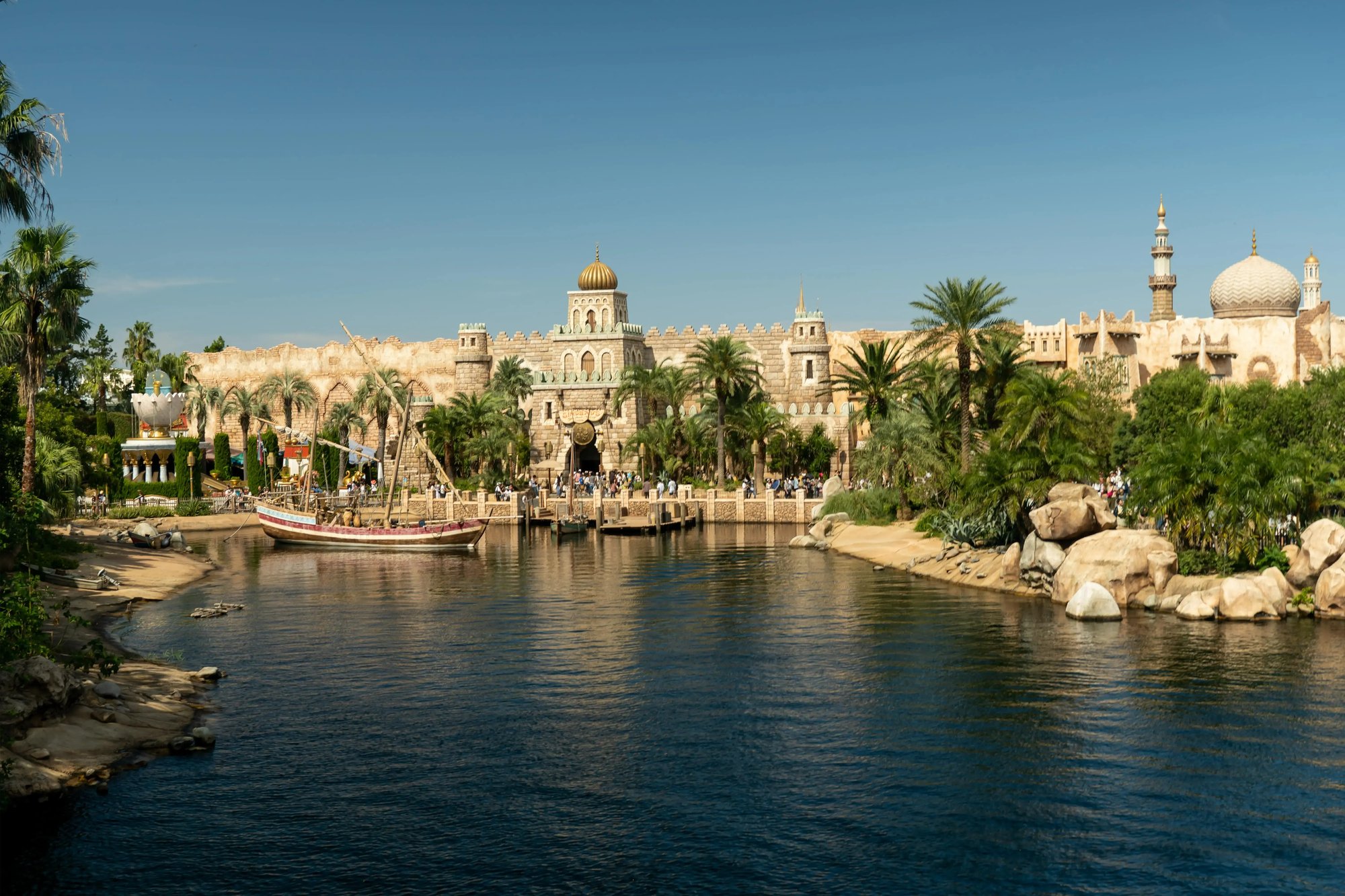
Why emotion matters: the neuroscience of memory
Neuroscience tells us that people don’t remember events, they remember emotions. Scientifically speaking, the hippocampus and amygdala, which are the centres for memory and feeling, are deeply connected. But in simple terms, a space that evokes wonder, belonging or joy will imprint far more strongly than one that only optimises logistics.
That’s why a beautifully efficient space may fade from memory, while a less polished but emotionally resonant place stays vivid for years. Emotion is the glue of memory, and therefore of loyalty.
Designing with signature emotions
Destinations that endure often anchor themselves around a signature emotion. It could be pride at an Olympic venue, awe at a cultural landmark, or intimacy in a boutique hotel. What matters is consistency.
Too many places scatter their attention: a little fun here, a touch of luxury there. But emotional inconsistency confuses guests. A clear emotional arc, on the other hand, becomes a north star.
Tokyo DisneySea is a strong example. Unlike many theme parks that prioritise rides over story, DisneySea weaves a consistent narrative world. That’s why it has one of the highest repeat visitation rates in the world.
Consistency matters more than aesthetic uniformity. Guests forgive a mismatch of styles; they don’t forgive a mismatch of feelings.
What should be done differently?
To design destinations that people return to, recommend, and cherish, we need to build emotion into every layer:
- Start with story
Craft the narrative first – why do we exist, and what do we stand for? Let that story shape design, partnerships, and service. - Map emotional arcs
Define how people should feel at each stage: anticipation at arrival, connection during the visit, nostalgia at departure. - Measure more deeply
Go beyond footfall and dwell time. Track whether visitors describe their experience in emotional terms. Do they tell stories about you? Do they come back? - Design for consistency
Align every touchpoint with your signature emotion. When the feeling is right, loyalty follows.
Are you moving people in the right way?
Experiences without emotion are disposable. True destinations don’t just host people, they move them. Story must be the operating system, not an afterthought. When places are designed to spark feeling, they stop being functional spaces and start becoming emotional homes.
Because in the end, people don’t return for efficiency. They return for how you made them feel.
Need help to make people feel something when they visit your business? Let's talk.
Download your copy of our Destination Thinking: A guide to designing and delivering world-class destination experiences.

